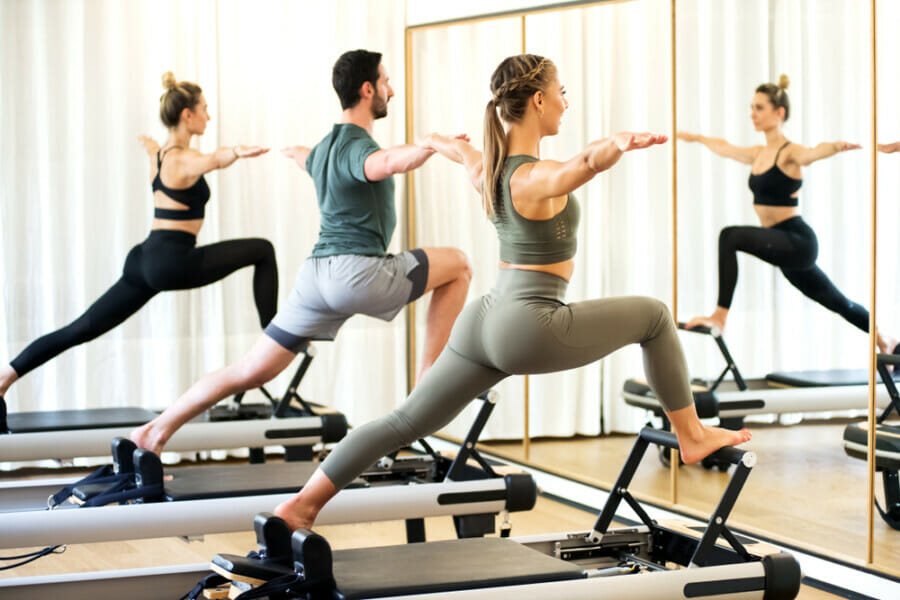Pilates Myths For Women You Should Stop Believing Immediately
The first time I visited a Pilates studio, I saw women lying on their sides, lifting and lowering their legs slightly, and I thought it would be easy. I was mistaken. Within minutes, my lower abs were feeling the burn like never before.
Despite Pilates gaining popularity, there are still misconceptions surrounding it. To debunk these myths, I spoke to Pilates instructors about common misunderstandings among those curious about Pilates and why those beliefs are inaccurate.
Myth No. 1: You need to be flexible to do Pilates
While Pilates is popular among dancers known for their flexibility, having a wide range of motion is not a requirement for Pilates. Pilates is suitable for everyone, regardless of age or body type. Regular Pilates practice can enhance flexibility, strength, and posture. Contrary to popular belief, Pilates is more about strength training focused on the core rather than stretching.
Myth No. 2: Pilates is just for thin women
Although the stereotype may portray Pilates as being for slender individuals, it is inclusive of all body types and skill levels. Pilates can be adapted to accommodate anyone, whether they are beginners, have injuries, or are older. It is a versatile practice accessible to everyone.
Myth No. 3: The reformer is scary
The reformer and other Pilates apparatuses with straps and springs may seem intimidating at first glance. However, these equipment are designed to support and enhance the exercises by assisting with movements and balancing weight. Despite the initial apprehension, using the reformer can be enjoyable and beneficial for building strength.
Myth No. 4: Pilates is related to yoga
While Pilates and yoga share some similarities like being performed on a mat, low impact, and incorporating breath focus and bodyweight exercises, they are distinct practices. Yoga is rooted in ancient Indian spiritual traditions with a meditative purpose, whereas Pilates is primarily a physical discipline emphasizing core strength, posture, and alignment. Both have their unique benefits and can complement each other in a fitness routine.














